Give you the talent to enter the electronics factory, but you become an NBA star? Count the top 5 stars with the lowest talent
10:13pm, 15 May 2025Basketball
In the NBA, a arena full of flying monsters, talent is often regarded as a pass. But there is always a group of "anti-talentists" who use wisdom and persistence to temper the "electronic factory-level" physical conditions into the law of survival, redefining the code of success in the basketball world. They may not have amazing arm spans or bounces against the sky, and they are even labeled as "not suitable for professional basketball" by scouts, but they use ball quotient, technology and perseverance to write their own legend.
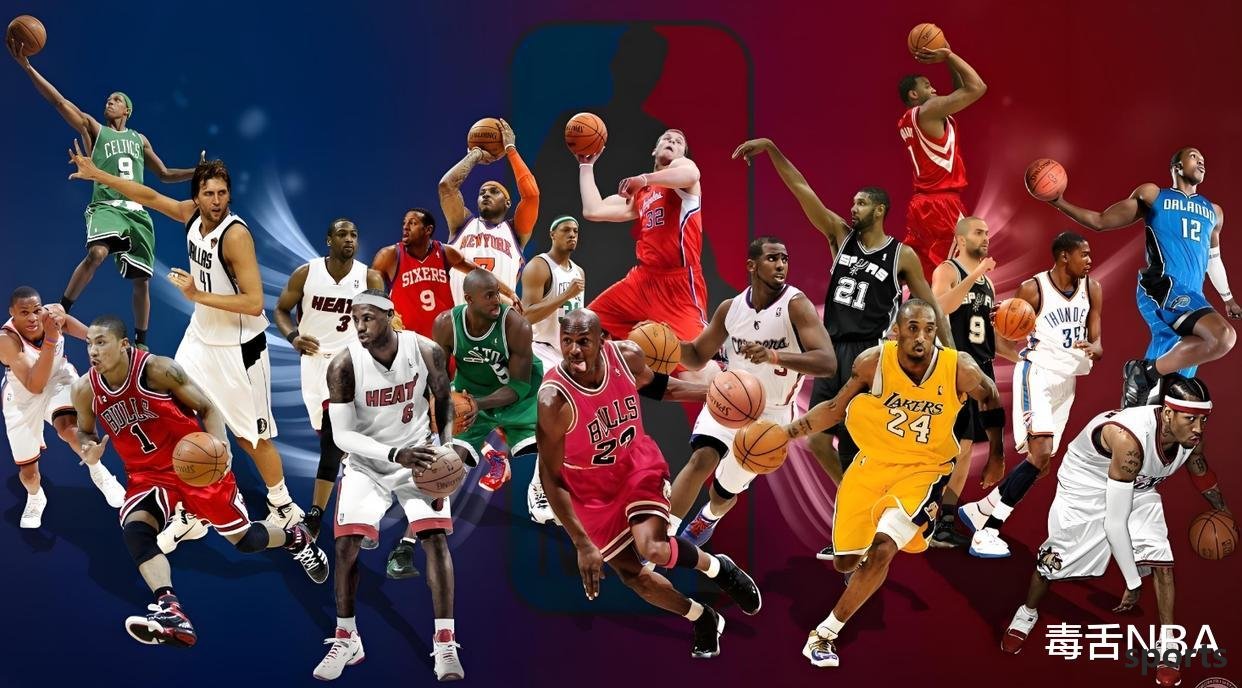
1. Tini Boggs: The 1.58-meter Giant Killer
is only 1.58 meters tall (naked feet), with an arm span of 1.70 meters and a vertical bounce of less than 60 cm. In the eyes of ordinary people, such conditions are difficult to gain a foothold in the amateur league, but he has played in the NBA for 14 seasons. His secret to success lies in "using small to control big": With ghostly steals predictions (1.5 steals per game in his career) and scalpel-like passing vision (7.6 assists per game in his career), he tear up his living space in the Giants jungle. When he played against the Knicks in 1993, he even interrupted the ball from Ewing at 2.13 meters and staged a miracle of "ans beat the elephant". What's even more ironic is that he once formed the cute height difference partner in history with Manut Pohl, who is 2.31 meters, and used contrast aesthetics to interpret the value of basketball wisdom.
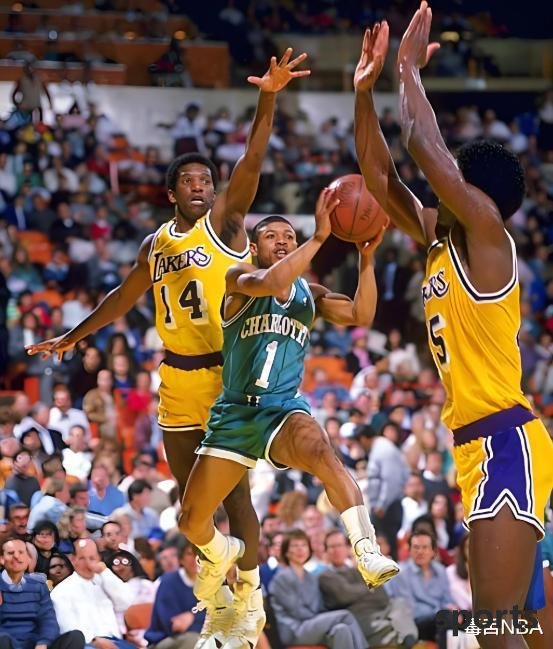
2. Steve Nash: The MVP
whose spine moves forward is 1.88 meters tall and weighs 82 kilograms. The congenital spine moves forward so that he cannot run upright, and bounces vertically only 65 cm, and even dunks become a luxury. However, this "Glass Man" won the MVP twice with his top historical coordination (career shooting percentage 49% + three-point shooting 42.8%) and a 360-degree vision. In the 2005 Western Conference Finals, he fought with a bloody battle with a Spurs, and his facial fracture still scored 34 points and 12 assists, becoming a symbol of the hard core of technical flow. His training secret is to study the defensive center of gravity shift, and even incorporate football arc theory into shooting, and ultimately transform himself into a "human computer."
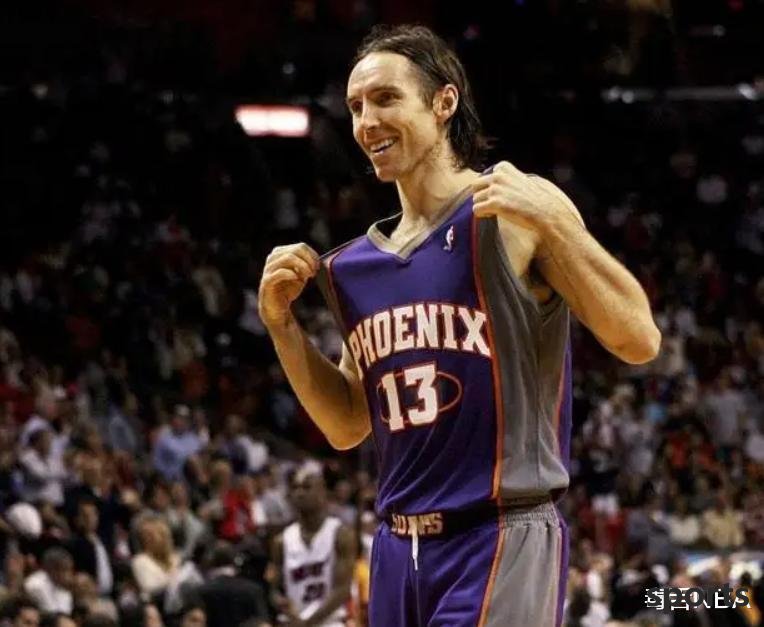
3. Nikola Jokic: The counterattack of the pork belly ruler
Jokic, who was selected in the second round while eating a hamburger on the draft night, was a disaster: 2.11 meters tall and 2.21 meters wingspan (Davis' wingspan 2.33 meters during the same period), bounced vertically by 58 cm, and his body fat rate exceeded 20% year-on-year. However, he used his historic center pass ability (6.2 assists per game in his career) and mathematician-like spatial deconstruction to win the MVP three times and lead the team to win the championship. In the 2023 finals, he cracked the Heat's double-team with an assist rate of 47.3%, completely subverting the "physical quality determinism". What’s more ironic is that he focused on horse racing rather than fitness during the offseason, proving that basketball IQ is the most advanced talent.

4. Austin Reeves: The price-performance king of $1.5 million
Reeves' physical test data is average: 1.96 meters tall, 2.01 meters wingspan, dynamic talent is at the bottom of the NBA guards. The scout report is full of shortcomings. As an 21-year-old undraft, Reeves was once ridiculed by the Los Angeles media as the "country version of Kobe," but Reeves conquered the Lakers with the "floor master" ball maker! In the second year of joining the Lakers, he scored 31 points, 16 rebounds and 10 assists against the Nuggets, and refreshed his three N events in one game. BA record. In 23 years against the Magic, he scored 35 points as a substitute and scored a career high, winning the team's last 10 points in the final quarter. In the second season, he averaged 13 points, and his three-point shooting percentage reached 39%, and he performed tens of millions with an annual salary of $1.5 million, becoming a model for the Lakers to "find" the Lakers. Nowadays, Reeves is the third leader of the Lakers. Although there are flaws in defense, he has advantages on the offensive end. His success confirms: in a team full of superstars, playing to strengths and avoiding weaknesses is more important than talent accumulation.
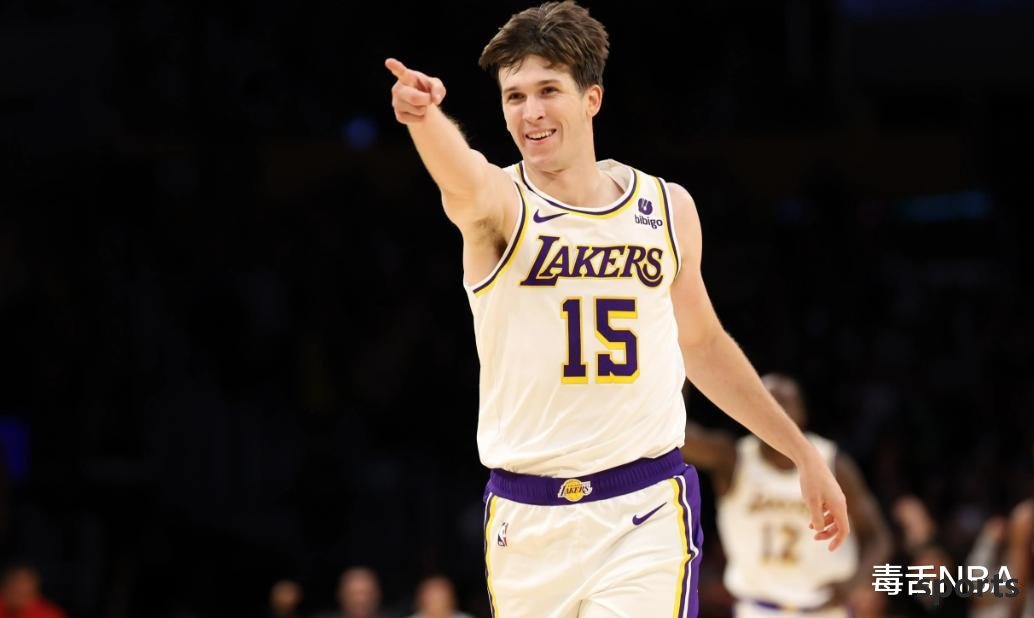
5. Luke Walton
2.03 meters tall should have been at the small forward position, but his 107 kg weight and 30 cm vertical bounce make Walton's jump like a rusty spring. His career 42.9% hit rate is a disaster for forward players, but this "stadium thinker" took a different approach: in the 2009 Finals, as the Lakers' substitute point guard, he used 5 assists in 14 minutes to revitalize the second team, and his "setup"-style high-level support was even written into the triangular offensive lesson plan by Zen Master Jackson. Walton, who transformed into a coach after retirement, created the "Death Five Small" rotation system at the Warriors, proving that his top ball maker is really The right talent lies.
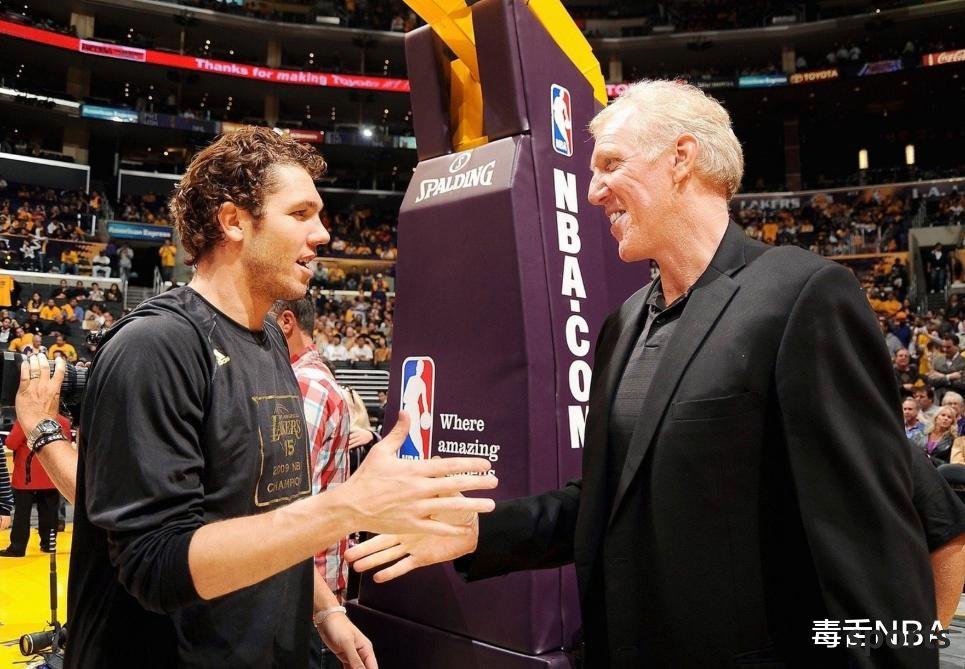
Conclusion: Talent is not only about the body, but also about the wisdom of transforming defects into unique weapons. Boggs transforms shortness into low center of gravity, Nash turns spinal defects into strange shooting postures, Jokic uses his fat body to create invincible positioning technology - they do not reconcile with talent, but rebuild the goal. In the field of absolute talent monopoly, efforts can open up subdivided tracks; and in the vast world outside of basketball, this "defect conversion ability" is the real key to success. As Jokic said: "My speed can never catch up with Antetokounmpo, but there are 100 ways on the basketball court to make the opponent more uncomfortable than me. ” Perhaps the most moving paradox in competitive sports lies in this - those who seem to be abandoned by God are often the first to touch the ceiling of miracles.
Related Posts
- Disadvantage! Open debut 13+7! The first striker of the Chinese men s basketball team in the future
- Definitely, the Lakers will have their first showdown with Cooper Flagg and the Mavericks in Las Vegas
- Gafford: I still have discomfort in my right ankle. I am now fighting on one foot.
- Suns announce coaching staff list: Jordan Ultra serves as head coach, Carol and Muscala lead assistant coaches
- Kazi scored 18 points at halftime, Harden had 9 assists, and the Clippers beat the Dragons and Lions. A look at the results of the Clippers best five players in the game.
- Not just a 3D player! The Pacers wing general is possessed by Reggie Miller in the G1 of the Eastern Conference Finals
- Childhood photos of NBA stars: Durant has changed the most, and only after recognizing 5 people dare to say they are old fans!
- The basketball story of the best handsome guy in European basketball
- Thunder Third Young Master Guesthouse? Harden and Westbrook both failed, it’s the big brother this time!
